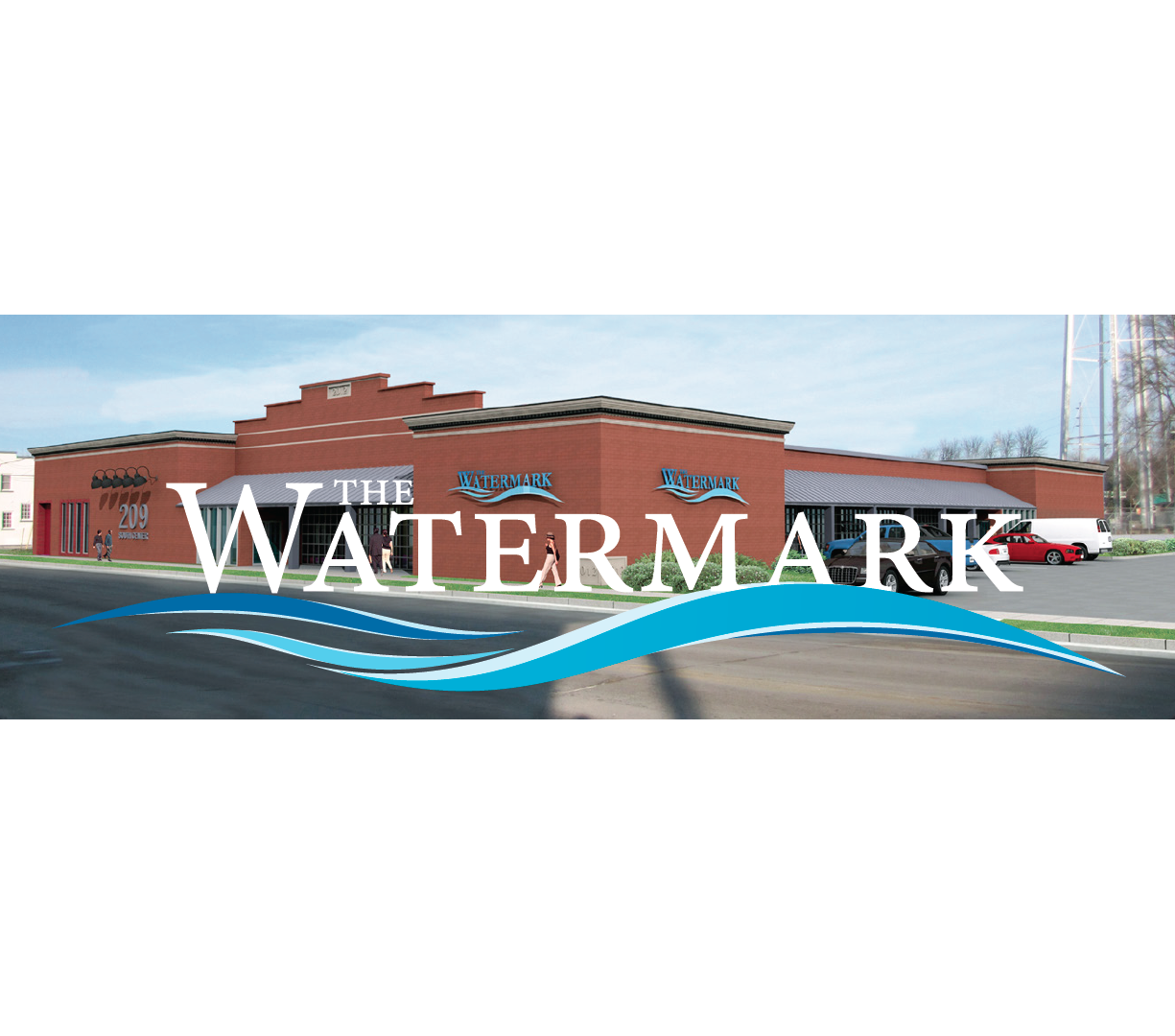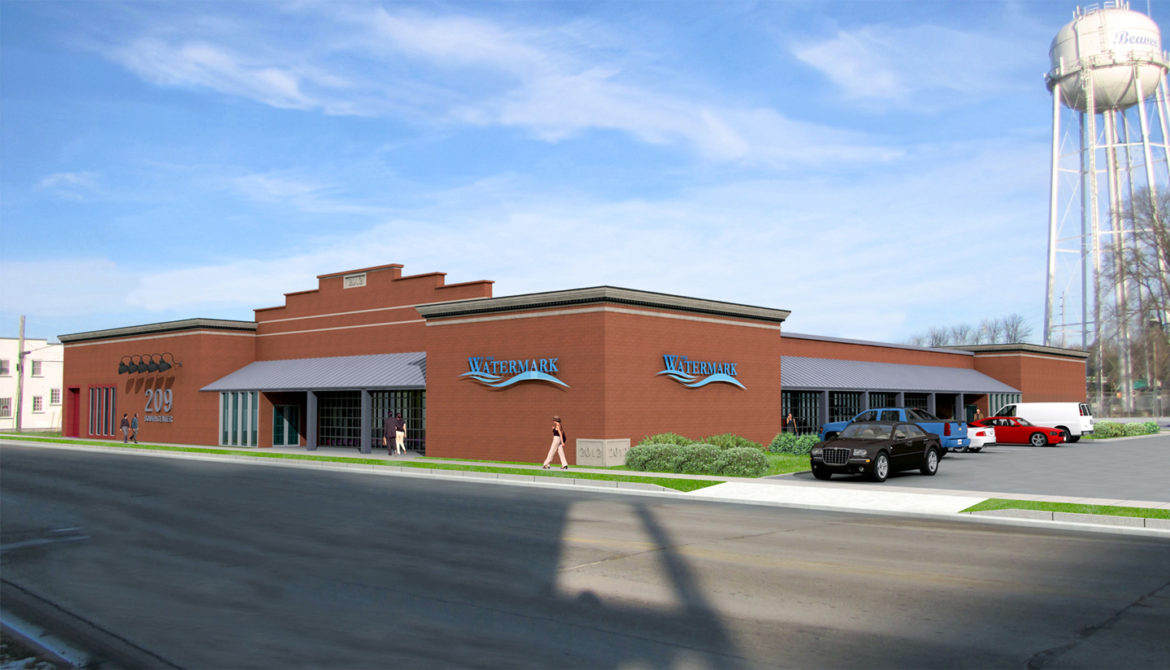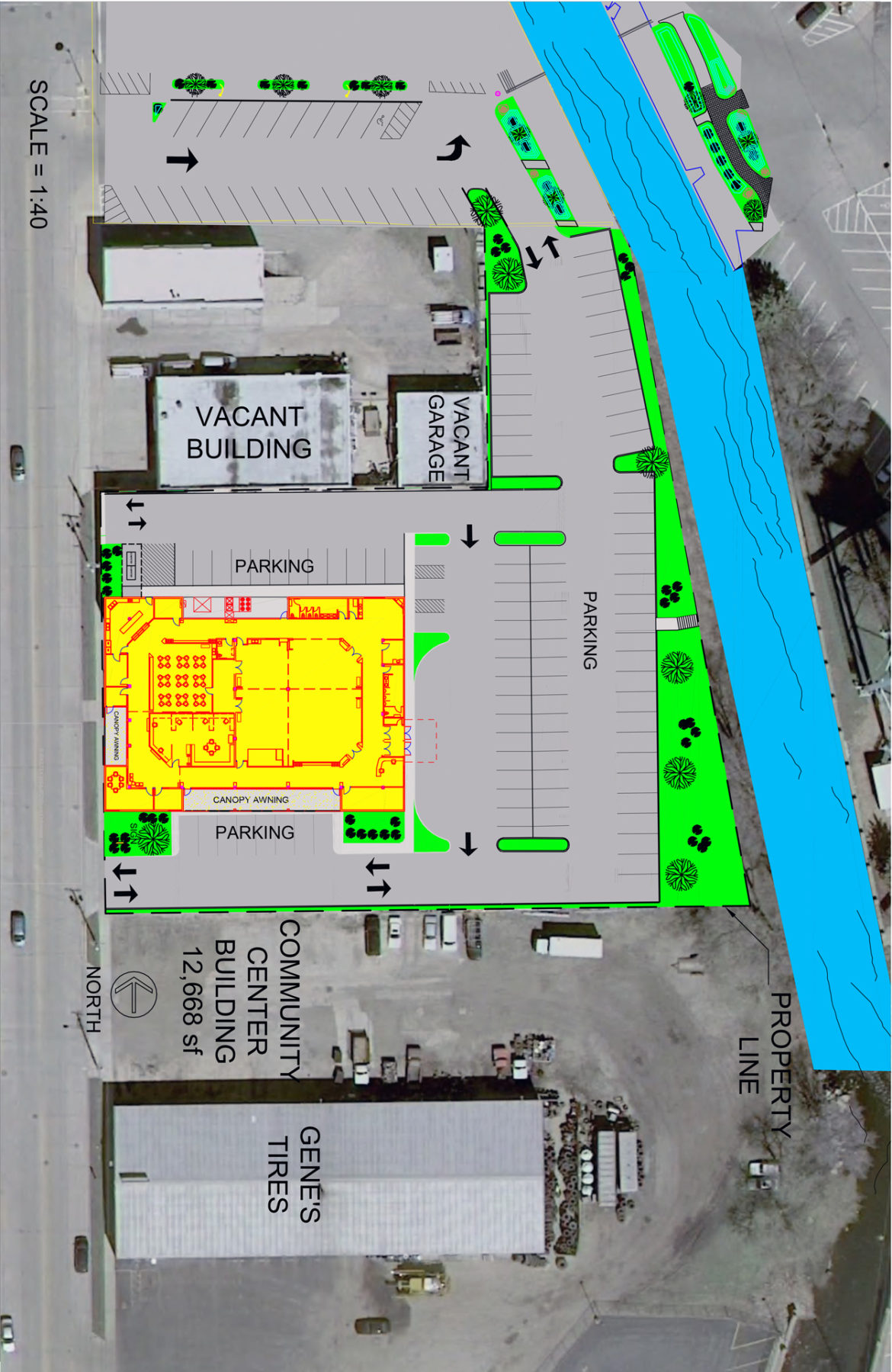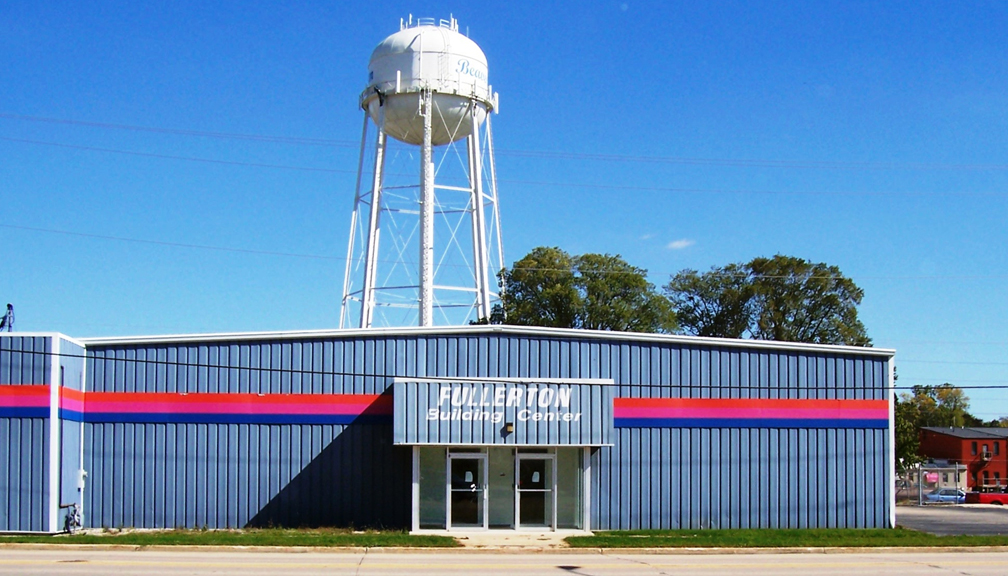
By: Jamie Kratz-Gullickson
The Watermark has a long and colorful history for a building that has yet to begin its transformation into a new Community Activities and Services Center. Bids for the renovation went out this spring and the city is hopeful that with construction crews on site by the end of summer, doors will open in 2016.
The journey truly began over 50 years ago when the Older Americans Act established a federal initiative in 1965 for community-based services aimed to keep the senior population engaged and actively independent. With federal dollars to support programming, senior centers cropped up across the country. Our Beaver Dam Senior Center opened in 1970. After leasing the current location for two years, a benefactor donated $50,000 to cover over half the price for the city to purchase the current facility’s property for senior center use in 1972.
Ardently utilized to its fullest for the past 40 years, the present location has been vastly outgrown and stands in need of repair. Additional space needs became apparent as early as 2006, when the Steering Committee of the Senior Center, a group elected by participants to provide monthly advisory assistance to the city department head, determined through an internal facility review that a new or expanded space would be necessary to meet the growing needs of the center for both day to day use and accreditation.
In January 2007, the City of Beaver Dam restructured, and the Senior Center was merged with parts of the Park and Recreation Department to create Community Activities and Services (BDCAS). The administration of all city-run recreation activities was consolidated into the existing Senior Center building. This merger made the need for additional space doubly apparent and auspicious, and in May 2007, the Senior Center Building Committee was created internally and spent almost a year gathering information, developing a strategic plan, considering collaborations and brainstorming community uses. This led to a broad vision of what a new facility might provide. An anonymous stock gift of $200,000 was made in January 2008 to help that vision become a reality. By July 2008, a potential floor plan of just over 25,000 square feet was drafted. This led the building committee to consider potential spaces; several were quickly deemed to be economically unfeasible and set aside for cost or timeline differences.
Concurrent with the Senior Center Building Committee’s search, the Beaver Dam Common Council (BDCC) engaged in a Space Needs Study to determine the priority of building needs citywide. In October 2008, the police station was singled out as the top priority, followed by both BDCAS and the Public Library. This study allocated 27,500 square feet needed for the BDCAS building and estimated cost of purchasing or renovating a building at $2.2 million with an additional $1.25 million for site acquisition, bringing the total needs assessment for BDCAS to $3.4 million to be built by 2010. Based on these figures and timelines, the Senior Center Building Committee met in January 2009 with the BDCC Operations Committee to discuss a new facility.
In February 2009, aware of the hefty price tag on a new facility, the Friends of the Beaver Dam Community Center was formed as a nonprofit group to “promote and financially support the current and future development of the Beaver Dam Community Center.”
In June 2009, the Senior Center Building Committee hired a design firm to further explore potential properties. A successful project in Wisconsin Rapids that placed a community activities center inside a mall, which led to revitalization, was the inspiration for recommending the old Herberger’s space in the mall to the BDCC in September 2009. Based on this recommendation, the building committee decided to have a floor plan and funding analysis completed, utilizing a portion of the anonymous donation.
The Mayor created an official Ad Hoc Committee of the BDCC in November 2009. It was comprised of BDCC members, the Administrator of BDCAS and the Senior Center Building Committee Chair. Additional advisors included the City Attorney and the City Director of Administration. By early 2010, floor plans for the renovation, as well as a feasibility study on costs for such, were completed and shared with the Ad Hoc Committee. The study determined that approximately $600,000 could be successfully generated from community donations. In September 2010, the Ad Hoc Committee determined that the costs were too high based on self-imposed spending caps, and the project was shelved. In the fall of 2010, the Senior Center Building Committee revised and continued their search for an appropriate location.
In January 2011, hoping to spur the project to fruition, Charley and Gail Fakes offered to donate the Fullerton’s building to the city for the site of a new BDCAS Center. Much like the donation that initiated the city purchase of the current building in 1972, community support again proved vital. This donation would eliminate the $1.25 million estimated for the site acquisition costs in the city’s 2008 Space Needs Study. Exercising due diligence in determining if the donation was the best possible fit, the Senior Center Building Committee created a facility plan. Plausible collaborations were again explored. Senior Center membership was again surveyed. A consultant was hired to fully review six possible sites, the Animart warehouse, Beaver Gunite, Get Fit, Fullerton’s, vacant land near the YMCA and the Warmka warehouse.
In March 2011, the Fullerton’s property was recommended, and in April, leaders of the Senior Center Building Committee presented a recommendation to the city to accept the building donation. In June, the BDCC unanimously accepted the gift, and in July 2011, the city took ownership of the property. With the Fullerton’s building firmly determined as the new site, the Ad Hoc Committee decided to create a group of facility users to develop a floor plan for approximately 22,500 square feet. Marty Sell was hired by the city to develop an architectural plan. Once these plans were completed, it was determined the final cost would be $3.5 million to renovate the building, exceeding the 2008 Space Needs Study estimate of $2.2 million for renovations.
The Friends group set out to assist with raising $2.9 million of local funds needed to move the project forward. They hired a fundraising consultant with money from the original anonymous donation to develop and manage a capital campaign, which included a new feasibility study stating the $2.9 million goal could be achieved. By January 2012, “The Watermark” was born. Named and branded as a sign of quality, The Watermark capital campaign relied upon local supporters spearheading delivery of the concept. Within one short year, their efforts raised approximately $1 million, nearly double what was deemed possible just two years earlier.
While a significant start, the $1 million was only a third of what the plans required. When it became apparent the $2.9 million goal could not be reached independently, collaborations were again considered. The community theater had already put plans in motion for their current building project, the YMCA collaboration was deemed too expensive and the arts association decided to remain at the Seippel Center. Based on a lull in new contributions with totals remaining significantly below the $2.9 million goal, the BDCC decided not to apply for a 2013 grant to subsidize costs and requested a redesign based on actual dollars available, condensing the plans from 22,500 to 12,500 square feet.
The BDCC agreed in 2014 to apply for a community development grant to add to the pot of accumulating dollars for the project. The grant was awarded for the maximum amount possible. Along with TIF dollars and the amount raised by the Friends group, the assets for the project grew to $1.8 million dollars by early 2015. With accounts still below the $2.9 million goal, the BDCC approved about $135,000 in renovations to the current BDCAS facility via the annual Capital Improvement Plan for 2015 to allow more time to acquire funds for a new building.
Concerns mounted over additional delays, investment in an old building and potential loss of granted and donated dollars. On March 16, 2015, the BDCC approved a resolution by an 11-1 vote to utilize the $1.8 million collected and pledged thus far, along with using the money allocated for repairs to the old building, to proceed with the bidding process for The Watermark. The new building would move forward!
Although our community has traveled a long and sometimes contentious road to The Watermark – a home for Community Activities and Services – we are nearly there. Everyone that provided input for this article – Mayor Tom Kennedy, BDCC members Jon Litscher and Don Neuert, and BDCAS Administrator Evonne Boettge – all had the same message: hopeful excitement in seeing the dream, that ultimately reaches back before many of us were born, become a reality.
Donations to fulfill The Watermark dream can be designated as such and sent to City of Beaver Dam, 205 S. Lincoln Ave., Beaver Dam, WI 53916.





